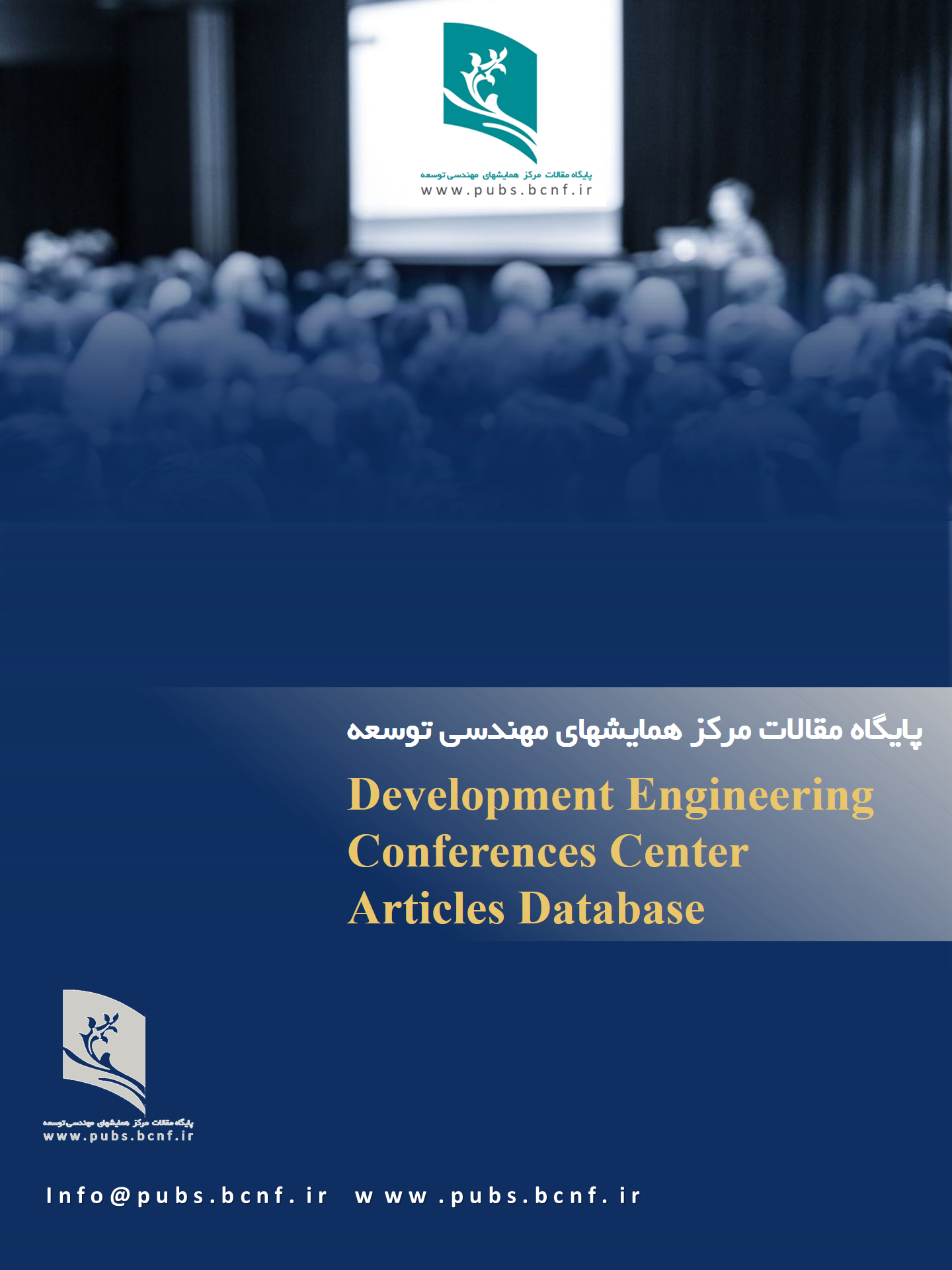استفاده از شبکه های عصبی برای تولید شبکه محاسباتی بر پایه داده های ابر نقاط: یک مطالعه مروری
Keywords:
ابر نقاط, شبکه عصبی, شبکه محاسباتیAbstract
این مقاله مروری بر مطالعات انجام شده در زمینه استفاده از شبکه های عصبی برای تولید شبکه محاسباتی بر پایه داده های ابر نقاط [1]می باشد. تقسیم بندی مناسبی با هدف بررسی عملکرد هر روش صورت گرفته است. سپس هر روش مورد مطالعه قرار گرفته و ویژگی های کلیدی آن به همراه شیوه آموزش به شبکه عصبی ذکر شده است. هر یک از این روشها دارای مزایا و چالشهایی مانند بهبود دقت در پردازش دادههای نامنظم، پیچیدگی محاسباتی، و مدیریت نویز در دادههای ورودی هستند. این مقاله همچنین نظراتی که باعث بهبود پیاده سازی الگوریتم می شوند را نیز ارائه داده است.
Downloads
References
1. Diab, A., et al. (2022). "Deep learning for LiDAR point cloud classification in remote sensing." Sensors 22(20): 7868.
2. Yue, X., et al. (2018). A lidar point cloud generator: from a virtual world to autonomous driving. Proceedings of the 2018 ACM on international conference on multimedia retrieval.
3. mGarrido, D., et al. (2021). Point cloud interaction and manipulation in virtual reality. 2021 5th International Conference on Artificial Intelligence and Virtual Reality (AIVR).
4. Zhang, W., et al. (2022). "Point cloud computing algorithm on object surface based on virtual reality technology." Computational Intelligence 38(1): 106-120.
5. Kubátová, D., et al. (2023). "Data Preparing for Reverse Engineering." Advances in Science and Technology 132: 320-329.
6. Wang, R., et al. (2023). "Improving point cloud classification and segmentation via parametric veronese mapping." Pattern Recognition 144: 109784.
7. Qi, C. R., et al. (2017). Pointnet: Deep learning on point sets for 3d classification and segmentation. Proceedings of the IEEE conference on computer vision and pattern recognition.
8. Qi, C. R., et al. (2017). "Pointnet++: Deep hierarchical feature learning on point sets in a metric space." Advances in Neural Information Processing Systems 30.
9. Chibane, J. and G. Pons-Moll (2020). "Neural unsigned distance fields for implicit function learning." Advances in Neural Information Processing Systems 33: 21638-21652.
10. Liu, M., et al. (2020). Meshing point clouds with predicted intrinsic-extrinsic ratio guidance. Computer Vision–ECCV 2020: 16th European Conference, Glasgow, UK, August 23–28, 2020, Proceedings, Part VIII 16, Springer.
11. Rakotosaona, M.-J., et al. (2021). Learning delaunay surface elements for mesh reconstruction. Proceedings of the IEEE/CVF Conference on Computer Vision and Pattern Recognition.
12. Li, Y., et al. (2018). "Pointcnn: Convolution on x-transformed points." Advances in Neural Information Processing Systems 31.
13. Sharp, N. and M. Ovsjanikov (2020). Pointtrinet: Learned triangulation of 3d point sets. Computer Vision–ECCV 2020: 16th European Conference, Glasgow, UK, August 23–28, 2020, Proceedings, Part XXIII 16, Springer.
14. Hanocka, R., et al. (2020). "Point2mesh: A self-prior for deformable meshes." arXiv preprint arXiv:2005.11084.
15. Daroya, R., et al. (2020). REIN: Flexible mesh generation from point clouds. Proceedings of the IEEE/CVF Conference on Computer Vision and Pattern Recognition Workshops.
16. Zhou, Y., et al. (2023). "Quadrilateral Mesh Generation Method Based on Convolutional Neural Network." Information 14(5): 273.



